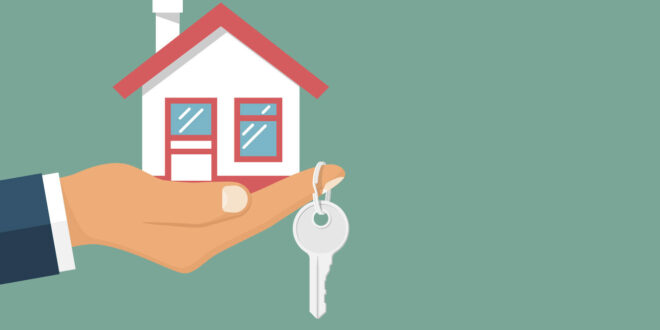Purchasing a property, whether in cash or via a mortgage, is a life-altering decision. That’s why making sure that you’re getting the best deal for home buyers.
Unfortunately, not everyone can afford to pay in cash, making a home mortgage the only plausible course of action. With so many financial institutions offering a host of loan products, it’s easy to get confused. Spending enough time to research mortgage terms and rates is critical in avoiding onerous transactions.
And, as a first-time home buyer, applying for a mortgage is as important. Here are the ways to make the process easier:
1. Get Your Documents Ready

In applying for a home mortgage, you’d have to submit documents twice. To determine the best mortgage product for you, lending institutions will ask you to submit pre-approval documents. After a favorable response from the lender, you’ll be requested to submit additional papers to kickstart the actual mortgage application process.
Pre-Approval Documents
To check whether you qualify for a mortgage and to assess your capacity to pay, lenders would usually ask for the following documents:
- Income and employment documents (most recent tax returns, W-2, and 1099. For self-employed, freelancers and independent contractors: year-to-date profit and loss statements. Proceeds from real estate investments can also be submitted.)
- Statement of assets (2 months most recent bank statement, retirement, and brokerage accounts)
- Debts (monthly debt payments and real estate debts to determine your debt-to-income ratio)
- Other Records of expenses on rent, divorce, bankruptcy and foreclosure, and so on
Mortgage Application Documents
Now that you’ve been pre-qualified for a mortgage, you’ll be asked to submit the documents underlined above, plus the following additional papers:
- Uniform Residential Loan Application form
- W-2 from past and current employers
- Employer -certified pay stubs
- Income tax returns and signed 4506-T form, allowing the lender to get your tax transcript from the Internal Revenue Services (IRS)
- For business owners, a list of business debts and up to three years’ worth of federal tax returns for business
- Alimony and child support payments, if you’re relying on these
- For non- US citizens: documents to prove residency and immigration status
- Thin credit file: those without a credit history, can submit payment documents for basic utilities
If you need help with these documents or want to learn more about the application process, consider seeking the help of a mortgage broker.
2. Establish Your Price Range

Before conjuring an image of your perfect home, including its amenities, get real and whip out your calculator. Check your monthly income and expenses and see how much you can spare for monthly mortgage payments.
A good rule of thumb is to limit your property payment costs to 25% of your monthly payments.
If you’re earning USD$10,000, look for a property that’ll ask you to pay not more than USD$2,500 per month, including taxes and insurance. Most real-estate and lending sites have mortgage calculators to make computations a breeze.
3. Check All Mortgage Options
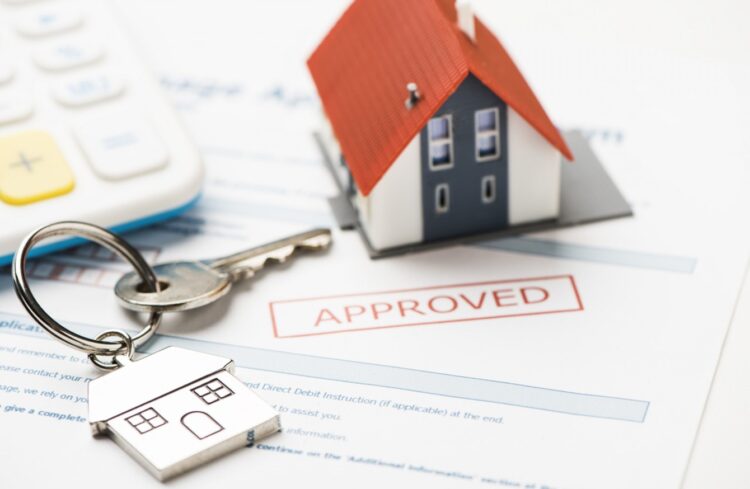
That being said, you should explore a wide range of mortgage options, especially state-backed housing loan programs. Check whether you qualify for any of these:
- Conventional mortgages are loans guaranteed by a private lender or either Freddie Mac and the Federal National Mortgage Association, otherwise known as Fannie Mae. A 3% down payment awaits first-time home buyers.
- Federal Housing Administration (FHA) loans are created for low-to-moderate-income borrowers. Apart from a low down payment of 3.5%, these loans can be had by buyers with unimpressive credit scores.
- US Department of Agriculture (USDA) loans are designed for rural home borrowers, who can avail of the program even without a down payment.
- War veterans and active military members, on the other hand, can avail of the Department of Veteran Affairs (VA) loan that’s often free from down payment costs.
4. Consider Low Down Payment Mortgages
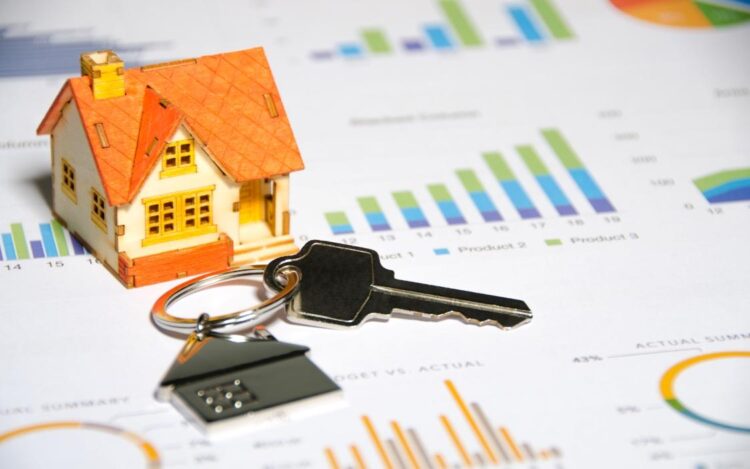
Most lenders ask for a 20% down payment, but apparently, it doesn’t apply to all. The Federal Home Loan Mortgage Corporation, also known as Freddie Mac, and some states and cities have programs that help first-time and low-income borrowers to avail themselves of mortgage programs. Some programs may offer down payments as low as 3%.
The downside is paying a low down payment is the likelihood of paying for longer and higher interest rates.
5. Learn More About The Home-Buying Process And Lending Rates
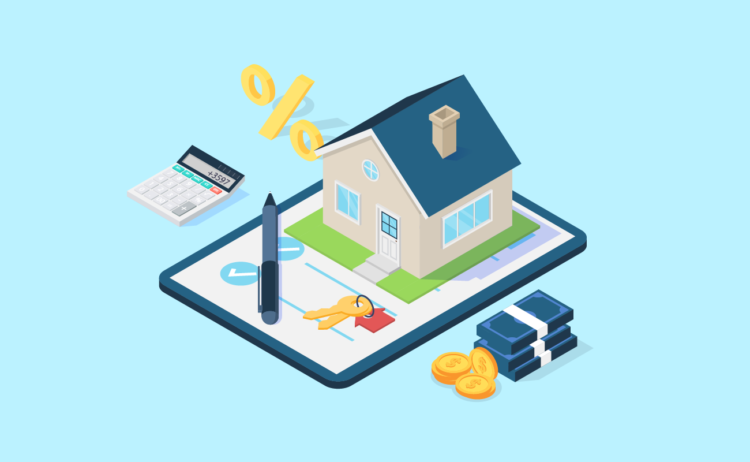
If you have a limited budget, you may have to do everything on your own without the help of a real estate agent. As home buying and mortgage processes can be complicated and may take longer, your patience and perseverance will be tested.
Tap online home-buying and mortgage resources to discover how you can make the purchase easier and know what to expect and how to prepare.
In terms of rates, shop around to see how these are calculated and what specific add-ons are included in the mortgage. From application to closing, you’ll be asked to pay for out-of-pocket costs that range from a few hundred to a few thousand dollars. Appraisal costs, administrative fees, overpayment fees, and early repayment fees are a few of the costs you’ll have to pay. Here are some additional tips to get better mortgage rates.
6. Make Sure Your Credit Ratings Are Good Enough
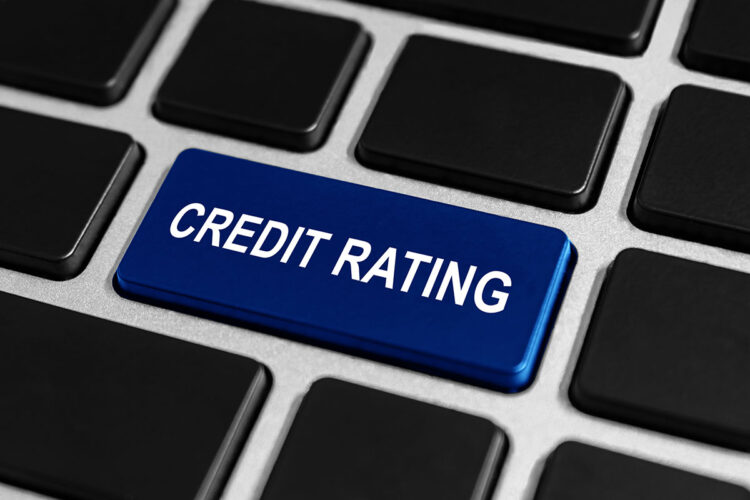
A high credit rating is important in that it shows lenders to have a sneak peek of how you are as a borrower. Financial institutions are likely to approve your mortgage application if you have a favorable credit history. Your score can also influence how much the lender is going to borrow you, including the rates and terms to offer.
If you’re a high-risk lender or one with a low credit score, you’ll likely be charged with higher rates. Worse, your loan application may be rejected altogether.
An insider tip also suggests you ask for your own credit report for free to show to lenders to have them quote your planned mortgage loan. This way, you can save on the lender’s credit check charges in the future.
7. Get A Mortgage Prequalification

You need to be pre-qualified for a loan before you can make an offer t purchase the house you’ve been eyeing for a long time. Once you’ve been pre-approved, the lender will show you the initial loan cost, including the monthly rates and other terms.
A mortgage prequalification letter gets you a step ahead of the rest of the buyers, as you can formally start your home buying journey. However, don’t be locked in on one bank. Look for other (and possibly better) rates.
Key Takeaway
Buying a home for the first time is both a laborious and exhilarating experience. On the one hand, it requires you to conduct thorough research on the home buying process. On the other, you’d have to brush up your skills on mortgage programs and rates, as well as some knowledge on how to increase your chances of getting approved.
Once you’ve got these things done, you’re only one step away from owning your dream home.
 Hi Boox Popular Magazine 2024
Hi Boox Popular Magazine 2024
